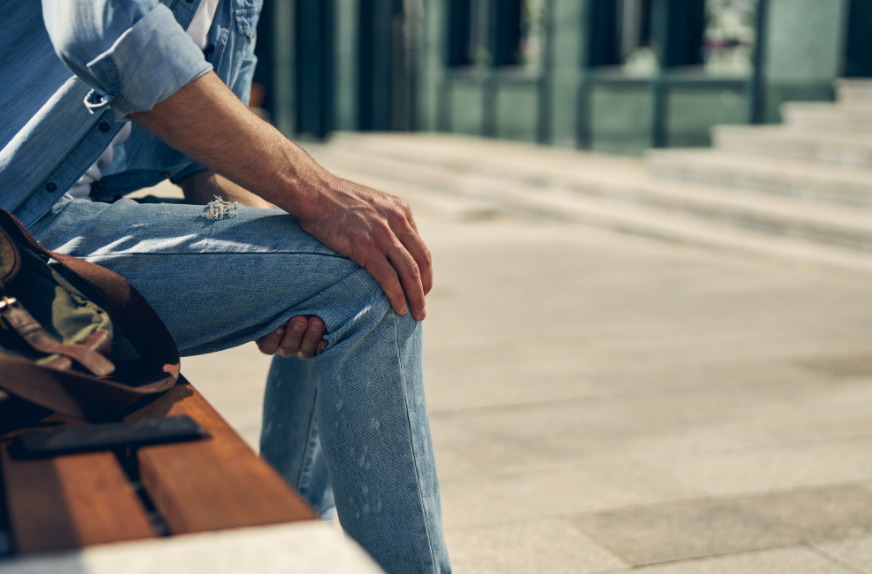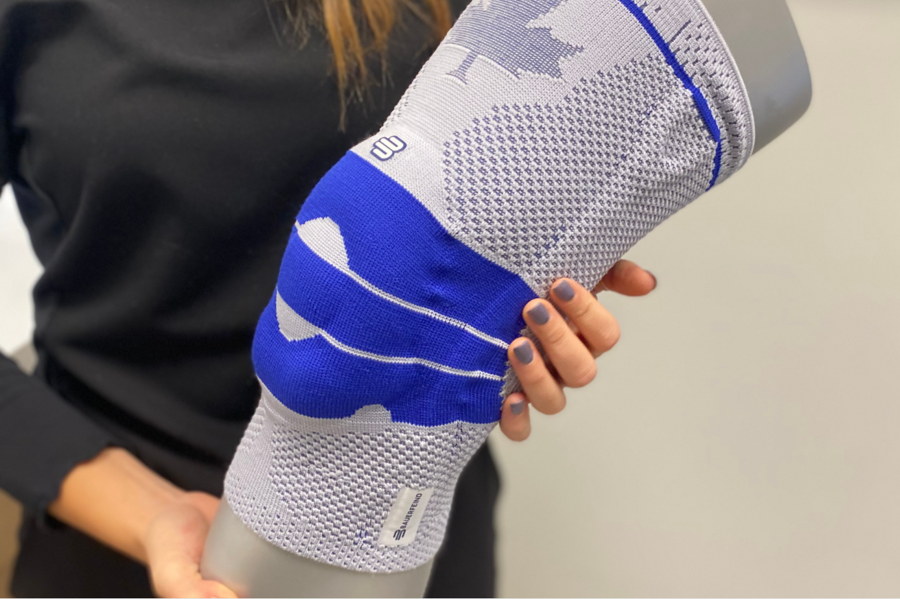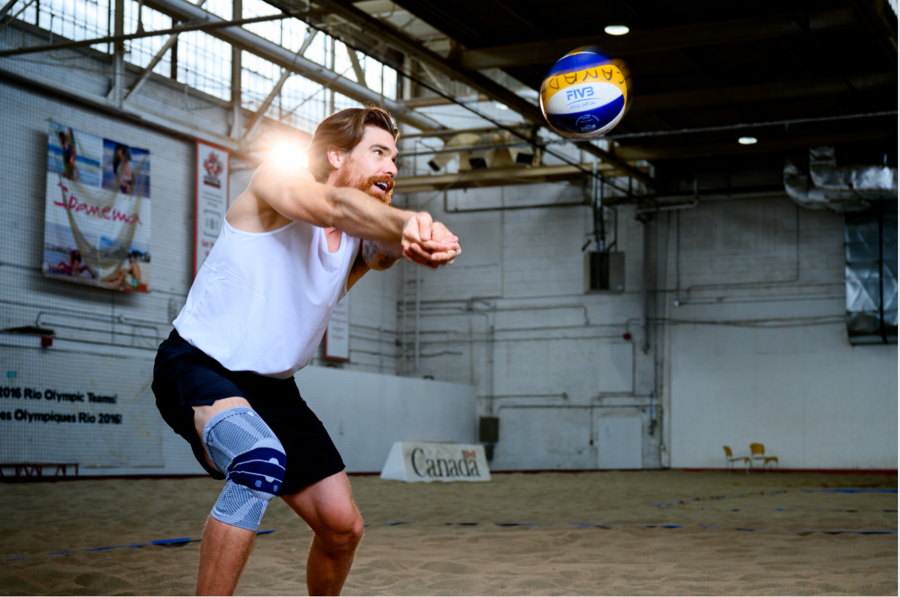The other day, a client came in complaining of deep pain in his right knee, an old sports injury that had flared up, seemingly unexpectedly. The pain was making a simple walk down the street challenging.
Old injuries don’t just flare up, for no apparent reason, though. There must have been something in the client’s recent routine that caused it. After some prodding, the client said he had been enjoying summer walks for miles on end through the downtown core of Toronto. His footwear? Sandals.

“Footwear is super important,” says Noelle Rossi, Orthotics & Bracing Specialist, HealthOne. “You need to make sure shoes are displacing all the pressure throughout your feet, in an appropriate manner.”
If it isn’t, that can lead to hip, knee and back problems. Everything is connected, from the bottom up, Noelle adds.
If you are going to remain active, you need healthy joint movement. You need to listen to your body. You need to avoid putting too much stress on your joints (like wearing the right footwear, lessening the impact on the ankles, in turn avoiding knee injury flare-up!).
Role of Joints In the Body
As Noelle says, joints are an area of the body where two bones are connected to facilitate movement. There are hundreds of joints in the human skeletal system, connected by tendons, ligaments and cartilage.
Joints called synarthroses are two or more bones that are close in contact but are nearly immovable, like the bones in the skull, to protect the brain, or in the body of the sternum, to protect the heart.
Amphiarthroses, like in the vertebrae of the spine, or in the pelvis, are two or more bones that are held together tightly, fostering limited movement. The more common body joints are the more freely moving diarthrosis, where all components of the joint move freely against one another, like in the hands, ankles, elbows, knees or shoulders. These joints provide the majority of body movements.

How Do I Optimize Movement?
Movement and stretching, especially after exercise, is key in optimizing movement in the joints while avoiding pain and injury, Noelle says. It leads to better flexibility.
Exercise strengthens the muscles, tendons and ligaments that surround the joints in your body. That lessens impact and pressure on the joints.
Ease into physical activity, she adds, especially if you have been inactive for a while. Go with slower, easier movements. Keep the exercises low impact to start. Apply heat to the joints and muscles after the workout. Overall give the body time to respond to the type of activity you are doing.
Joint health isn’t just a priority for athletes. It is important for everyone. If your joints are not healthy you will be limited in what you can do.
“Joint health is important because physical activity is important,” she says. “That can be something that is athletic, or going for a walk, or just doing daily activities around the house.”
What about braces? Don’t wear a brace to avoid potential injury, Noelle says. If movement is the ultimate objective, braces come into play when you feel instability in a joint, signs of degeneration. Joint degeneration is common as we age.

Braces Can Support Instability In a Joint
The sheer variety of high-quality Bauerfeind orthopaedic bracing to support feet and ankles, knees, hips and thighs, back, hands and wrists, elbows, and shoulders makes it easier to maintain the activity you have been doing while avoiding injury.
“We want people to be as active for as long as they can and a brace will help with that,” she says.
Not all braces are created equal, however. What sets Bauerfeind braces apart is their innovative design and functional materials. Their braces provide unmatched quality and support. So much so that professional athletes like Canadian National Volleyball Team member, Sam Pedlow, count on Bauerfeind braces to make the most of their movement.
That same quality and support is what Bauerfeind braces can provide in your everyday life. For instance, if the client needed support for his knee injury flare-up, he could use Bauerfeind’s GenuTrain® orthopedic brace.

It would help by providing a secure hold for the knee joint and targeted pain relief. Along with a swap for more posture-friendly footwear, the brace would allow him to support his joints while continuing to move in ways he enjoys. To learn more about Bauerfeind’s advanced bracing options, click here.
When it comes to supporting movement, orthotics also come into play. These are insoles for your shoes, for people that have ankle, knee, hip or back problems. If the joints in those areas of the body are hurting, orthotics helps adjust any mechanical discrepancies (or the person’s pattern of walking, also called gait) that are causing the pain in the feet.
HealthOne’s Rehab and Orthotics team will get you on the road to optimizing your body’s movement.
A functional movement assessment helps the rehab practitioner, as a first step. This is for people who are experiencing a bit of pain, but are not sure what it is, or where it is.
“It’s about zoning in on an approach, finding out what’s going on, then referring them to the appropriate practitioner,” Noelle says. “If necessary, it’s just giving advice, so they can get back to what they were doing.”
When it comes to a specific injury, HealthOne has a team of chiropractors and physiotherapists to address it and help you recover.
Activity is what we all want. A sedentary lifestyle restricted in part by joint pain, even injury, leads to a host of negative health issues, like obesity and heart disease. Not moving can lead to mental health issues like depression.
Movement is part of a healthy, happy life.

